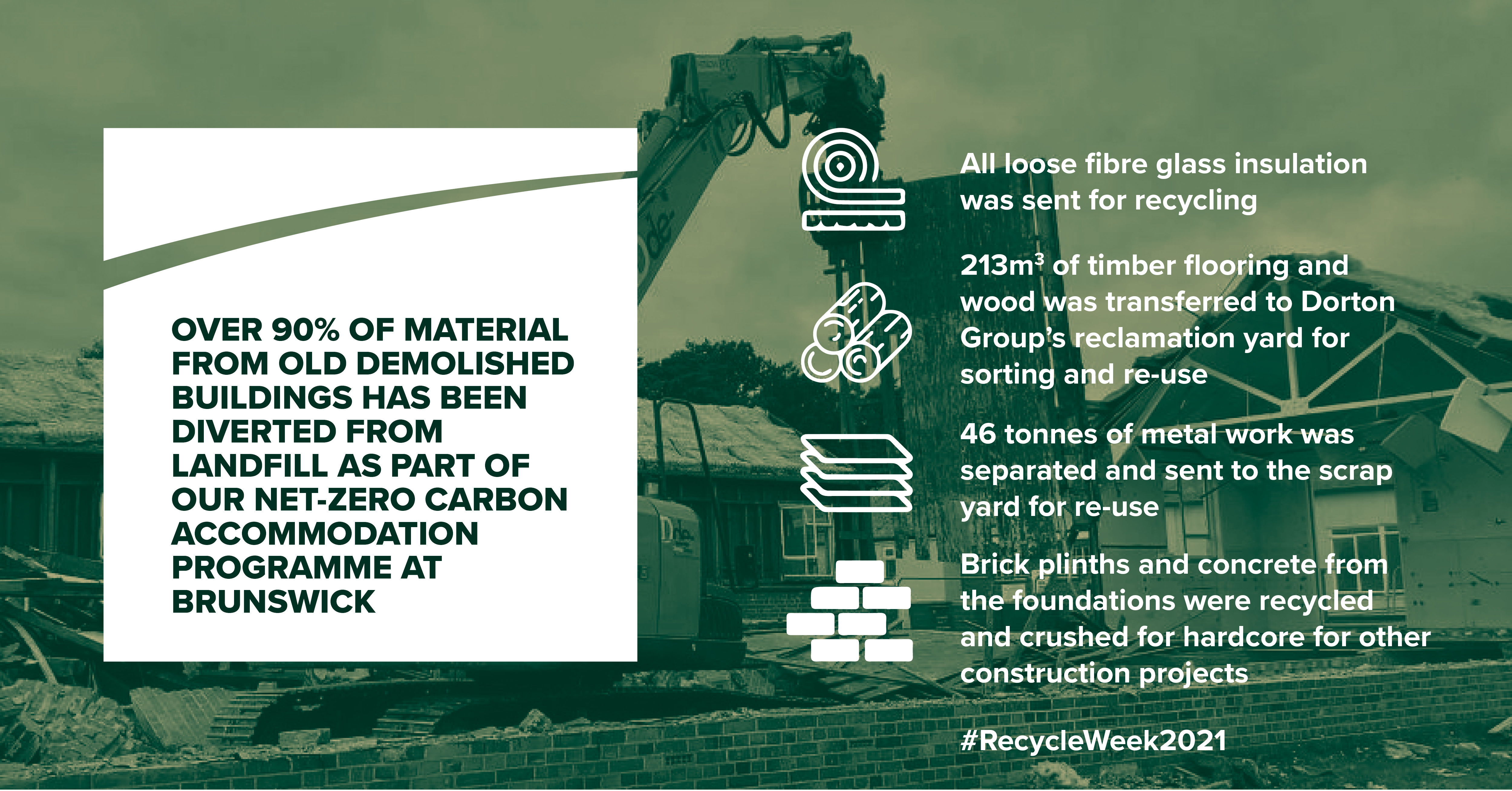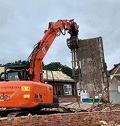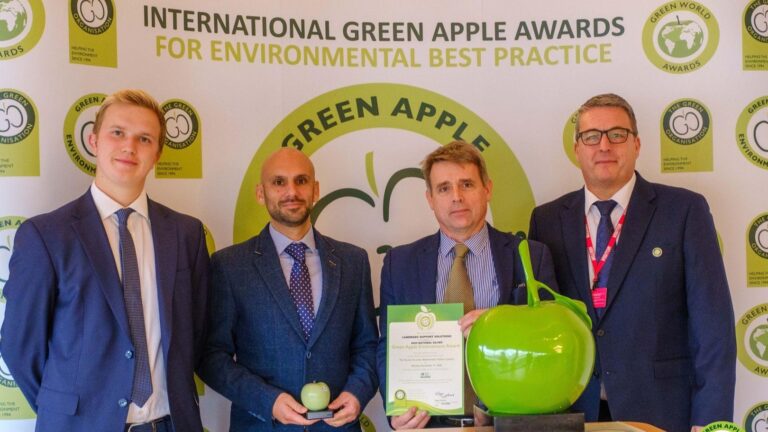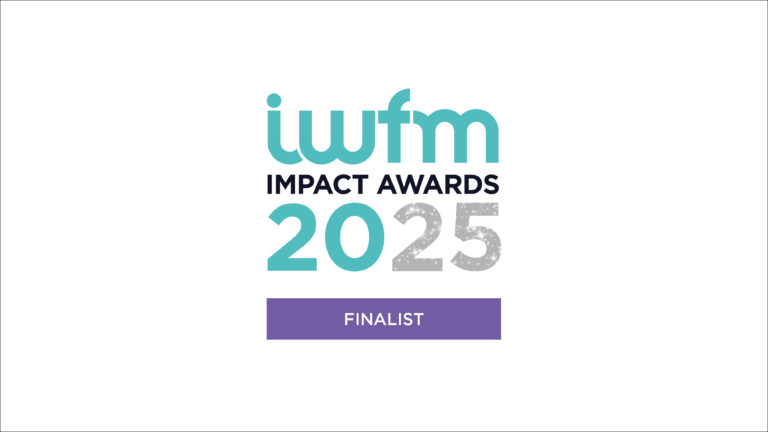This week is Recycle Week 2021 and a time to reflect on some of the ways we can reduce and reuse our waste.
At Landmarc, we are privileged to be custodians of the amazing landscapes and biodiversity on the Ministry of Defence’s (MOD) UK Defence Training Estate. Protecting this diverse environment extends not only to our land management and conservation activities, but also sees us working hard to reduce energy consumption – and of course, the waste that is generated from our operations.

A great example of this commitment can be seen at Brunswick Camp in Pirbright, Surrey. Here, we have been working with our contractor, Dorton Group to segregate and reuse waste during the demolition of the ageing ‘spider’ accommodation blocks. These are making way for new, carbon efficient accommodation, which is being delivered as part of our award-winning, Net-Zero Carbon Accommodation Programme (NetCAP) in partnership with the Defence Infrastructure Organisation (DIO) and Reds10.
We took time to catch up with Nick Barker, Project Coordinator at Dorton Group to learn more about the process.
“The spider blocks were built between 1939-40 by the War Office to provide accommodation for soldiers being deployed on Allied Forces operations at the start of the Second World War. Commissioned to be both quick and as economic as possible to build, the timber framed, single-story buildings were linked by corridors with the whole unit standing on brick plinths.
As a result, only a minimal amount of steel was used in the construction, with metal being a precious commodity during the war years. Fibre glass insulation in the walls alongside asbestos cement sheeting, which formed the roof and the walls, completed the building structure.
Our remit was to recycle as much of the original material as possible, and, with the exception of the asbestos sheeting which can only be disposed of by burying in the ground, we wanted to be sure that the remaining 90 per cent of materials were diverted from landfill.
All material was segregated into different piles at source, which included:
- Bagging up the loose fibre glass insulation and sending it for recycling
- Segregating the timber flooring and wood, which was transferred to our own reclamation yard for sorting and reuse. A total of 213 m3 of wood was recycled
- Separating the 46 tonnes of metalwork which was sent onto the scrap yard for reuse
- Recycling the brick plinths and concrete from the foundations, which is crushed for use as hardcore for other construction projects, such as haulage roads.
Cost considerations were also key, alongside the sustainability benefits of recycling the construction materials. We are taxed heavily at more than £100 a tonne to dispose of materials at a landfill site, so it was critical that our team could account for every single piece of reusable material and make sure it was segregated appropriately.”
All in all, it’s been a great project to work on with the team at Dorton Group. Not only have virtually all the old materials been given a second life for future projects, but the buildings are now paving the way for more modern, sustainable accommodation to proudly stand in their place. This will include the Training Estate’s first double-storey buildings, with rainwater harvesting capabilities, which are due to be installed over the coming few weeks.




